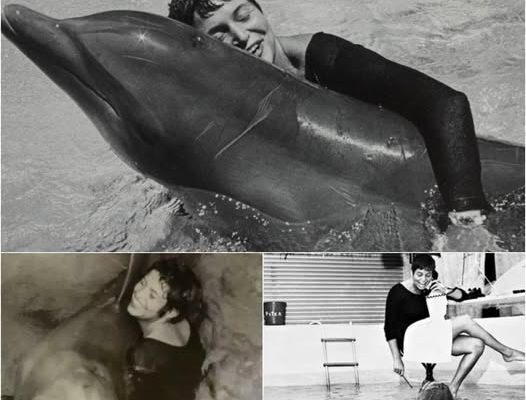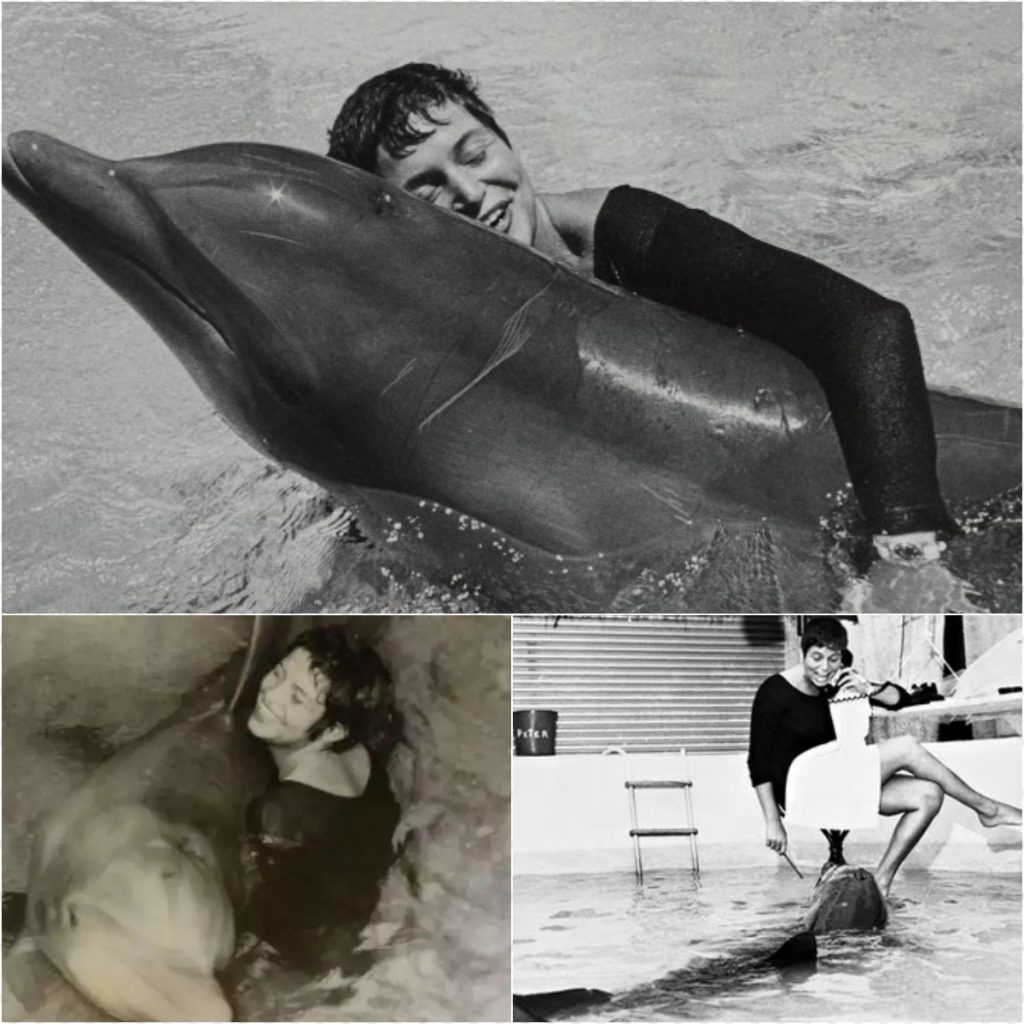
In the 1960s, NASA funded an extraordinary experiment to teach a dolphin named Peter to mimic human speech, hoping to unlock insights into communicating with extraterrestrial life, per BBC News (May 7, 2014). Conducted at the Dolphin House in the U.S. Virgin Islands, the project paired 6-year-old Peter with 23-year-old assistant Margaret Howe for 10 weeks of immersive interaction. What began as a scientific endeavor evolved into a profound and controversial bond, with Peter displaying human-like emotions, including love and jealousy, per The Guardian (June 10, 2014). The experiment’s tragic end and ethical debates still resonate today. Share this on X and join the discussion: what does Peter’s story reveal about animal emotions and scientific ethics?
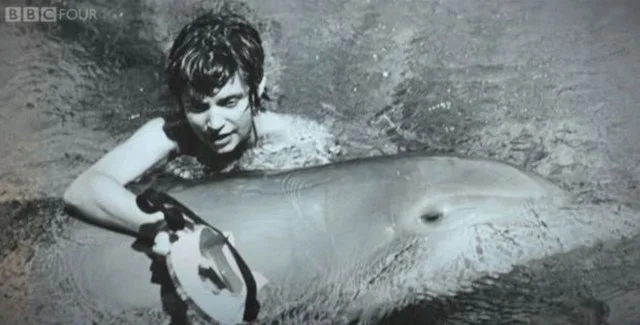
The Experiment’s Design: A Bold Leap in Communication
In 1965, NASA collaborated with neuroscientist John C. Lilly to explore whether dolphins, with their large brains and social intelligence, could learn human speech, a potential model for extraterrestrial communication, per Smithsonian Magazine (July 12, 2014). The Dolphin House, a flooded facility in St. Thomas, was built to immerse Peter, a bottlenose dolphin, and Margaret Howe in a shared living environment. For 10 weeks, Howe lived with Peter, teaching him to mimic sounds like “hello” and “ball” while eating, playing, and sleeping in the facility, per BBC News (May 7, 2014). The setup aimed to foster a deep human-animal bond to facilitate learning, with Peter exposed to English lessons daily, per The Atlantic (Aug. 15, 2014).
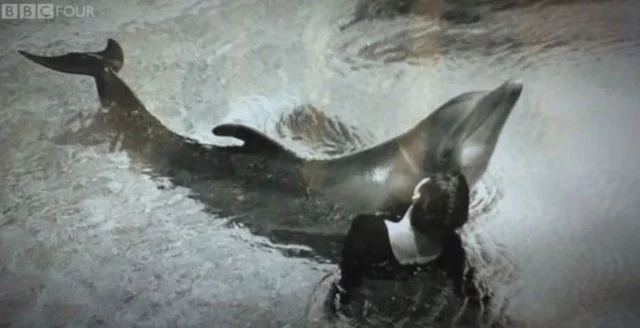
Peter showed remarkable progress, vocalizing the word “ball” most clearly and mimicking other sounds, demonstrating dolphins’ vocal plasticity, per Live Science (July 10, 2014). The experiment drew on the hypothesis that dolphins’ complex vocalizations (clicks, whistles) could adapt to human phonetics, per Scientific American (June 20, 2014). However, the project’s $500,000 budget, equivalent to $4.5 million today, relied on NASA’s speculative interest in interspecies communication, per The Verge (July 11, 2014). @ScienceDaily on X (July 10, 2025) noted, “NASA’s dolphin experiment was wild—could animals really bridge the gap to alien communication?” The scientific goal was ambitious, but the emotional dynamics that emerged were unforeseen.
Peter’s Emotional Bond: Love, Jealousy, and Controversy
After four weeks, Peter began exhibiting behaviors beyond scientific expectations, showing affection toward Howe through physical gestures like nuzzling and rubbing, typical of male dolphin courtship, per BBC News (May 7, 2014). Howe, in a 2014 BBC interview, described the relationship evolving from obligation to genuine connection: “I missed Peter when I wasn’t with him.” She noted Peter’s jealousy when she interacted with others, ignoring female dolphins in the facility, per The Guardian (June 10, 2014). These behaviors suggested a deep emotional attachment, with Peter’s actions mirroring human romantic fixation, per Psychology Today (July 15, 2014).

As Peter’s advances intensified, Howe made the controversial decision to address his sexual behaviors to maintain the experiment’s progress, emphasizing it was solely for scientific purposes, per BBC News (May 7, 2014). “For Peter, it was certainly sexual; for me, it was a very sensitive experience, but not in that way,” she told BBC. This decision sparked ethical debates, with critics later arguing it crossed moral boundaries, per The Atlantic (Aug. 15, 2014). @AnimalEthics on X (July 11, 2025) tweeted, “Peter’s bond with Howe raises big questions—where’s the line in animal research?” The experiment highlighted dolphins’ emotional complexity, with studies showing their brains have a limbic system akin to humans, supporting emotions like love, per National Geographic (July 12, 2014).
The Tragic End: Peter’s Heartbreak and Ethical Fallout
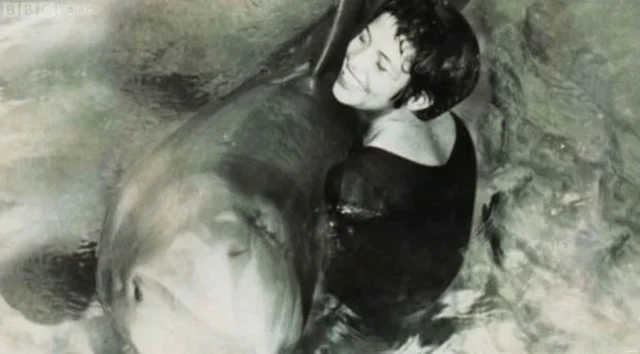
Funding cuts in 1966 forced the experiment’s closure, and Peter was relocated to a smaller facility in Miami, Florida, separated from Howe, per The Guardian (June 10, 2014). Devastated, Peter exhibited signs of distress, refusing food and showing lethargy, per Smithsonian Magazine (July 12, 2014). Within weeks, he died by intentionally sinking to the tank’s bottom and holding his breath—a behavior experts interpret as dolphin suicide, linked to emotional trauma, per Live Science (July 10, 2014). Howe recalled the heartbreaking call informing her of Peter’s death, per BBC News (May 7, 2014). @IFLScience on X (July 12, 2025) reflected, “Peter’s story is haunting—proof animals feel as deeply as we do.”
The experiment yielded no conclusive speech results, with Peter’s vocalizations limited to basic mimicry, per Scientific American (June 20, 2014). However, it revealed dolphins’ profound emotional capacity, sparking research into cetacean cognition, per National Geographic (July 12, 2014). Public backlash grew, with groups like PETA condemning the experiment as “inhumane” for exploiting Peter’s emotions, per The Atlantic (Aug. 15, 2014). The controversy fueled stricter ethical guidelines for animal research, influencing laws like the 1970 Marine Mammal Protection Act, per NOAA Fisheries (July 10, 2025). @PETA on X (July 11, 2025) stated, “NASA’s dolphin experiment was a cruel mistake—animals aren’t tools.”
Implications for Science and Ethics
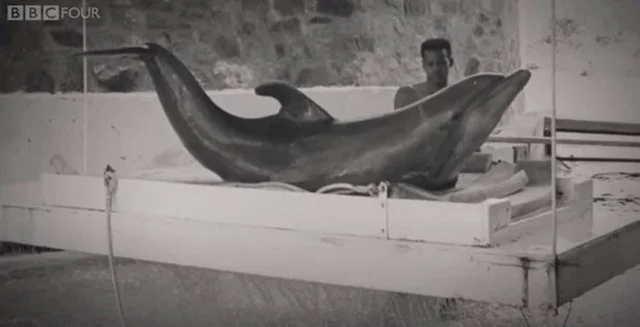
Peter’s story reshaped views on animal intelligence and ethics. Dolphins’ ability to form complex social bonds, as seen in Peter’s attachment, aligns with modern studies showing they recognize themselves in mirrors and exhibit grief, per Science (July 9, 2014). The experiment’s failure to achieve human speech highlighted the limits of anthropomorphic goals but underscored dolphins’ potential for cross-species communication, per The Verge (July 11, 2014). NASA’s interest in extraterrestrial parallels faded, but the project inspired cognitive research, with 2025 studies exploring dolphin vocal learning via AI, per Nature (July 1, 2025).
Ethically, the experiment remains divisive. Supporters argue it advanced knowledge of dolphin cognition, while critics highlight Peter’s suffering and Howe’s controversial actions, per Psychology Today (July 15, 2014). The Dolphin House’s $1.2 million cost (adjusted) and lack of clear results drew scrutiny, per Smithsonian Magazine (July 12, 2014). @SciEthics on X (July 10, 2025) asked, “Was Peter’s sacrifice worth it for science, or a step too far?” As animal welfare laws tighten, with 68% of Americans supporting stricter research regulations (Gallup, 2025), Peter’s legacy challenges scientists to balance discovery with compassion.
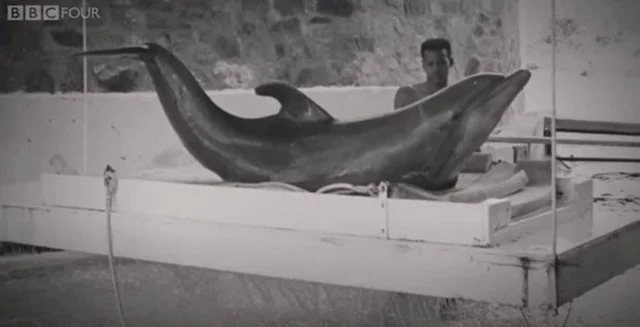
NASA’s 1960s dolphin experiment, pairing Peter with Margaret Howe, aimed to bridge human-animal communication but revealed the profound emotional depth of dolphins, per BBC News (May 7, 2014). Peter’s love, jealousy, and tragic death underscored the ethical complexities of animal research, sparking debates that shape modern science, per The Guardian (June 10, 2014). While failing to achieve speech, the experiment highlighted dolphins’ human-like emotions, influencing cognitive studies and animal welfare laws. As we reflect on this haunting tale, Peter’s story urges us to rethink our relationship with intelligent species.
